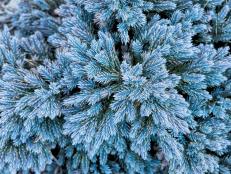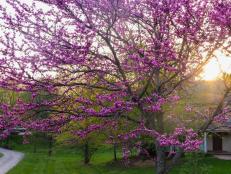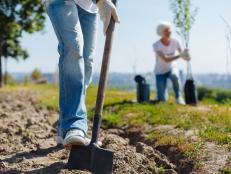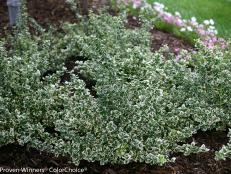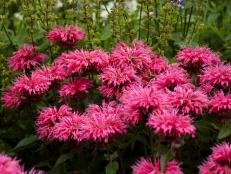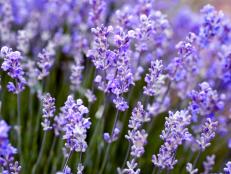How to Plant and Grow a Colorado Blue Spruce Tree
Learn all about Colorado blue spruce trees, plus get expert tips and information for choosing, planting, growing and caring for this striking spruce in your home landscape.

Colorado blue spruce (Picea pungens) is one of the most popular landscape plants in the country. Slow-growing blue spruces have been given pride of place in many front yards for much of the last century. These trees have slowly outgrown their space, giving them an unfair reputation for being too big for the landscape. With varieties now available for diminutive size, unique shape and intensity of color, it's much easier to find a blue spruce that will be a perfect fit in almost any garden.

Shutterstock/Lapina
Botanical Name: Picea pungens var. glauca
Common Name: Colorado Blue Spruce
Light Needs: Full sun
Hardiness Zones: 3 to 7; 8 to 9 on the West Coast
Height & Width: 60' high and 20' wide
Growth Rate: Slow to medium
The Colorado blue spruce is native to the central and southern Rocky Mountains, where it is often found growing at high altitudes. This region receives most of its rainfall during the summer, with relatively dry winters. It's difficult to replicate these conditions, which means that garden-grown blue spruces in many areas tend to have shorter lives than they would in their natural habitat.
Although selections available at garden centers are intensely blue, these colors are more irregular in nature, with an occasional silvery or especially blue specimen shining out from a crowd of olive-green trees. Breeders select plants that have bluer or silver needles. This silvery blue color is actually a thick, waxy coating that protects new growth from ultraviolet damage.
Growth Habits
The straight species usually has a pyramidal habit that slowly becomes more spear-like in regions with cool, dry winters or more irregularly rounded in most other areas. There are many varieties of different forms available, including weeping, rounded, and multi-stemmed trees for topiary.
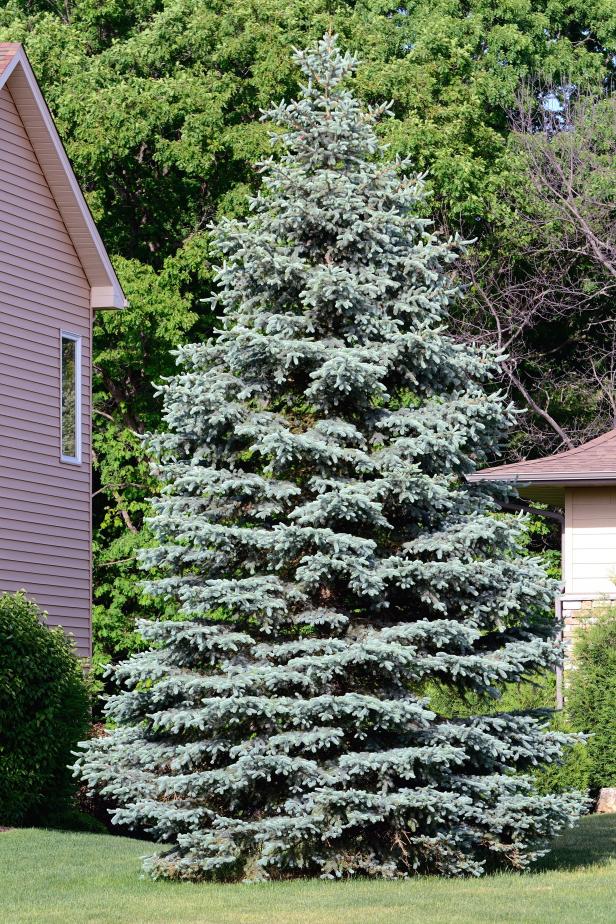
Shutterstock/Mark Herreid
How to Use in Your Landscape
The bright color and sharp texture of this tree can make it a little difficult to place. Pair with plants that have contrasting colors to make blue spruce really pop in the landscape. Plants that have wine-red leaves (like 'Diablo' ninebark) or bright yellow foliage (such as 'Goldmound' spirea) are the kind of plant partners that will make blue spruce stand out.
For a more blended and serene look, plant blue spruce with companions that have silver, purple or obsidian hues. A few examples of good complementary plant partners are silver-leaved and violet-flowered Russian sage, catmint, and 'Black Scallop' ajuga.
How to Plant Blue Spruce
Plant Colorado blue spruce in a sunny spot that has rich, moist but well-drained soil. Dig a hole the same depth as the container and roughly 1.5 times as wide. Gently remove the plant from its pot, then use a sharp spade, planting knife or hand saw to shave off any outer circling roots. Next, find the root flare where the first woody roots jut off from the stem. Carefully remove soil from the top of the root ball until you find the root-shoot junction. Place the plant in the hole with the root flare at soil level. Backfill the hole with native soil, and don't amend with compost, manure or potting soil. Be sure to break up any clods into fine fragments. Give the blue spruce a good, deep watering, then cover the soil surface with a healthy layer of weed-suppressing mulch.
Blue Spruce Care
Irrigation Needs
Although Colorado blue spruce is more drought tolerant than other spruces, it does need consistent water (from rain or irrigation) to thrive. Water regularly during the first season or two while the tree roots are getting established, then as needed during dry periods.
If you are watering by hand, be sure to soak the soil around the tree rather than the needles and stems. Not only is this a more efficient use of water, it will also limit the spread of foliar diseases and prevent water from diminishing the blue cast of the needles. If you plan to use an automated irrigation system, drip irrigation that delivers water directly to the soil is a better choice than a sprinkler system that will get water on the foliage.
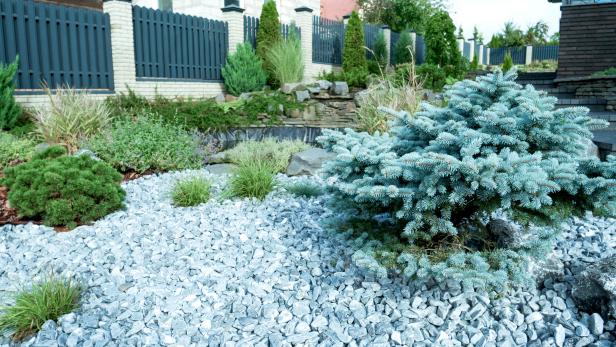
Shutterstock/V.Lawrence
Health Problems
Unfortunately, blue spruces are susceptible to many pest and disease problems, including bagworms, spruce gall aphids, spruce budworm, spider mites, canker, and many other health issues which can cause needles to turn brown and fall off. Symptoms for many of these issues can be similar, not only to one another, but also to symptoms for cultural problems like too much shade or improper watering.
It's especially important to accurately identify health issues because pest and disease problems often call for specific treatments. If you suspect something may be amiss with your Colorado blue spruce, reach out to your local county extension service for help identifying the problem and finding a solution.
Stressed trees are at a higher risk of serious health problems, which means that the best way to prevent an illness is to make sure your Colorado blue spruce has the right amount of water, nutrients, and sunlight. In many areas of the country, especially the Southeast and Pacific Northwest, it's not unusual for 20- or 30-year-old blue spruces to become more susceptible to health problems and naturally decline. In this situation, it may be more practical to simply replace the aging blue spruce with a new improved variety.
Popular Blue Spruce Varieties
There are many, many types of blue spruce on the market, with new selections being introduced all the time. Here are a few popular options to consider for your garden.
- 'Blue Diamond' – pyramidal selection that may reach 12' x 6'
- 'Blue Kiss' – a cute, squat pyramidal variety that will grow to 12' x 10'
- 'Glauca Pendula' – develops either a weeping or groundcover habit, depending on nursery conditions; may reach 4' x 8'
- 'Hoopsii' – possibly the bluest blue spruce on the market; pyramidal habit with dense branching; up to 50' x 20'
- 'Iseli Foxtail' – unique twisted branches make this a distinctive specimen tree; very slow-growing tree that may reach 15' x 8' in 10 years and 50' x 20' at maturity
- 'Thompsen' – especially striking silver blue needles; this relatively slow grower will eventually reach 40' x 20'
- 'Fat Albert' – short, wide stature and silvery-blue needles; slow-growing and pyramidal, it can reach 15' x 10' and is beloved as a living Christmas tree
Dwarf Blue Spruce Varieties
- 'Montgomery' – dwarf variety with a distinctive cone shaped habit; up to 8' x 4' but usually pruned shorter
- 'Glauca Globosa' – this incredibly popular variety is valued for its stellar powder blue needles, rounded, mounding habit, and extremely slow growth rate; 3' x 4'

.-Battle-on-the-Beach-courtesy-of-HGTV.-.jpg.rend.hgtvcom.196.196.suffix/1714761529029.jpeg)




